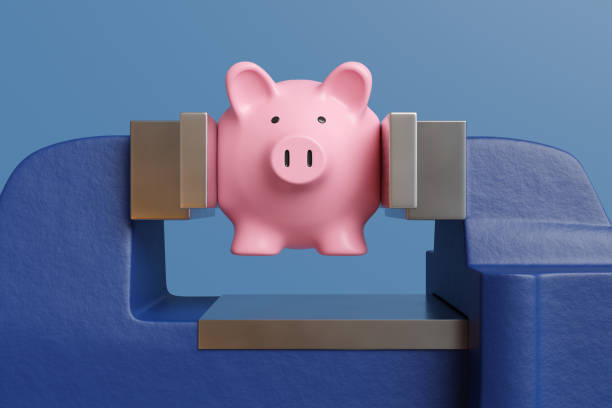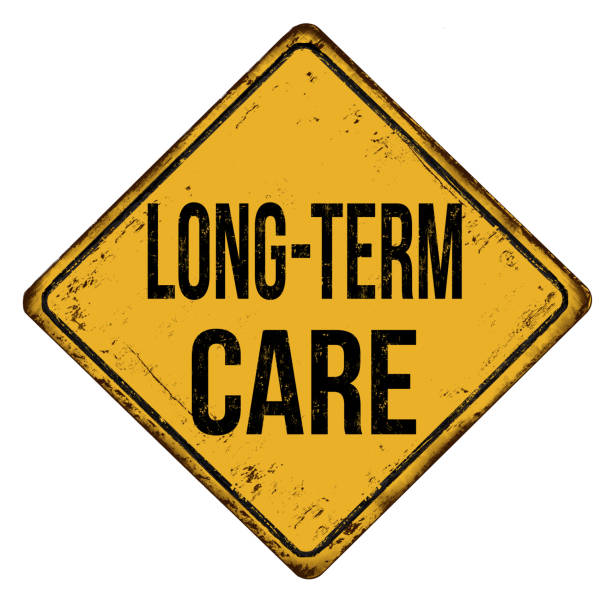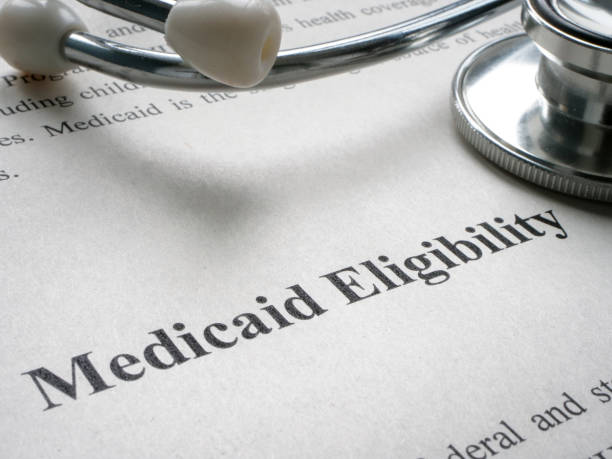President Obama and activists on the Left would like to use the topic of income inequality as a campaign issue in 2014 and probably in the 2016 elections. They say that the rich are getting richer, the poor are getting poorer and the middle class is shrinking, and that’s why we should calmly accept their political plans to expand the reach of government power into lives of all Americans.
A superficial interpretation of statistics might appear to support this argument, but a careful analysis of income data over the past 60 years absolutely refutes the idea of growing income inequality. Statistics are excellent for proving a snapshot of a fixed point in time, but they fail miserably at tracking real individuals as they move among the various economic brackets during their working and retirement years. A person might sell a house and be “rich” for one year, working professionals may have a good income year followed by several lean years, or a person may be “rich” until the day they retire and the next day become someone with zero earned income.
Research shows that 75 percent of people in the bottom 20 percent of income in 1975 were in the top 40 percent within 16 years.
Income statistics do not account for dollar transfers. Millions of people receive health benefits, food stamps and housing subsidies. None of this is counted as income. Studies show that personal income accounts for only 22 percent of economic resources available to those in the bottom 20 percent. Workers today receive more in non-wage benefits than in past generations.
Are the poor getting poorer? Income statistics only measure cash. They don’t look at people’s true standard-of-living. The bottom 20 percent today have most of the good things a middle class family had 40 years ago, including color TVs, air conditioning, microwaves and cars.
Exaggerated claims about income inequality also don’t include an individual’s real net worth or potential earning capacity. Statistics about the “poor” include retirees, non-working spouses of the rich, professionals just starting out in practice and young adults. These people hardly fit the picture of the working poor.
Most statistics do not look at the differences between full and part-time or no employment. Less than one half of people considered poor work at all and less than three percent work full-time. Although the country in general has more part-time workers, the vast majority of those in the top 20 percent work full-time.
We also hear that the middle class is shrinking. This argument uses a fixed, average income from years ago as a reference mark. Overall, incomes have increased, even when adjusted for inflation, so the original “average” is obviously lower and applies to fewer people. A fixed definition of income classes does not reflect the true dynamic income picture. The middle class in the U.S. is as large and vibrant as ever.
One of the greatest attributes of the U.S. is the ability of people to better themselves and move up the economic ladder. The vast majority of the rich earned their success. The economy is not a zero-sum game, it’s about growth and opportunity for everyone.
There are two solutions to help the poor. First, an education is vitally important. In the top 20 percent of income earners, 60 percent have college degrees compared to six percent in the bottom 20 percent. Second, a vibrant, growing economy helps people improve in all economic brackets.
The U.S. economy is not about government officials picking winners and losers. It is about people having the ability to improve their financial status through hard work in a free and open society. Pushing the political idea of wealth redistribution is not an effective or moral way to help the poor.
Download a PDF of this Opinion-Editorial here.





